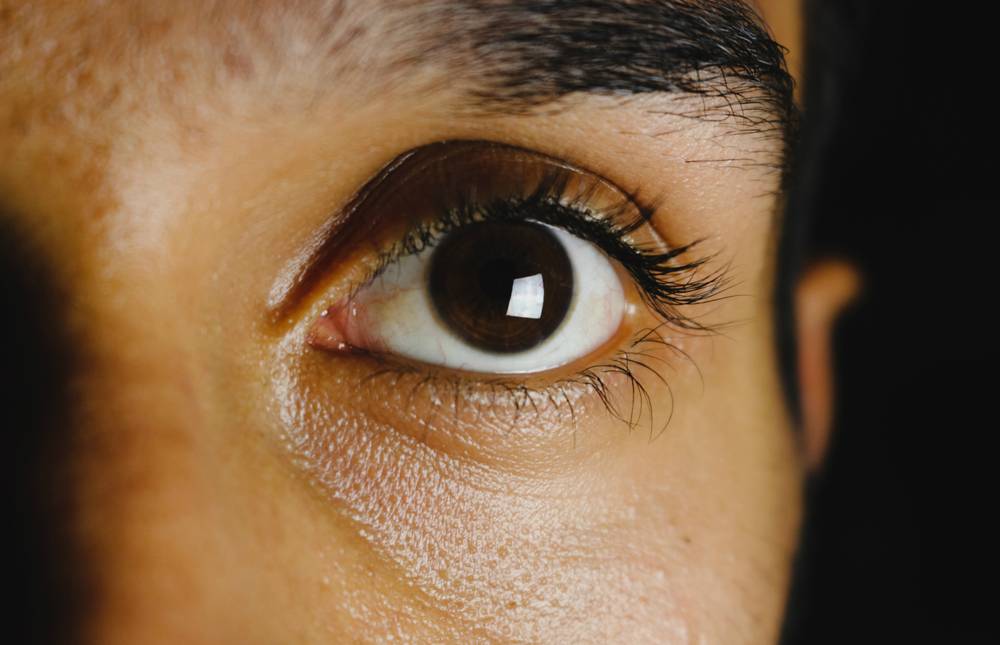|

Each year thousands of children sustain eye damage or even blindness from accidents at home, at play, or in the car.1 Children should wear sports eye protectors when playing baseball, basketball, football, racquet sports, soccer, hockey, lacrosse, and paintball. These eye protectors should be made with polycarbonate lenses.1 90% of eye injuries can be prevented by using protective eyewear.
Follow these tips to help prevent the risk of eye injuries in your children:
- Make sure to keep chemicals and sprays out of sight and reach for small children.
- Avoid projectile toys such as darts, bow and arrows and missile firing toys that can potentially cause an eye injury.
- Be sure to purchase toys that are marked with the “ASTM”. The American Society for Testing and Materials (ASTM) sets the national safety standards.
- If you have small children in the home, be sure to place pads or cushion on sharp edges.
- Do not allow your children to play with fireworks particularly bottle rockets. These fireworks can cause a serious eye injury.
- Typically, children 4 years old and younger have an increased risk for eye injuries through dog bites. Be sure to keep a close watch on your child and dogs. This includes dogs you are familiar with.
- Teach children never to aim firearms of any kind at another person. Pellet guns, BB guns, paintball guns, etc., can cause extreme damage to eyes.
- If your child plays sports, be sure to teach your child to wear their sports required googles and face shield every time during both games and practices.
- When purchasing sports related eyewear, make sure that the goggles have polycarbonate lenses and have a wraparound shape. This style offers protection on the side of the face.2
In an emergency, follows tips regarding caring for an eye injury:1
- Do not touch, rub or apply pressure to the eye.
- Do not try to remove any object stuck in the eye. For small debris, lift eye lid and ask child to blink rapidly to see if tears will flush out the particle. If not, close the eye and seek treatment.
- Do not apply ointment or medication to the eye.
- A cut or puncture wound should be gently covered.
- Only in the event of chemical exposure, flush with plenty of water.
Children can remain safe while participating in sports and helping around the house. For more safety tips, visit our website here.
Source:
American Academy of Ophthalmology
My Southern Health
AAO.org
|
